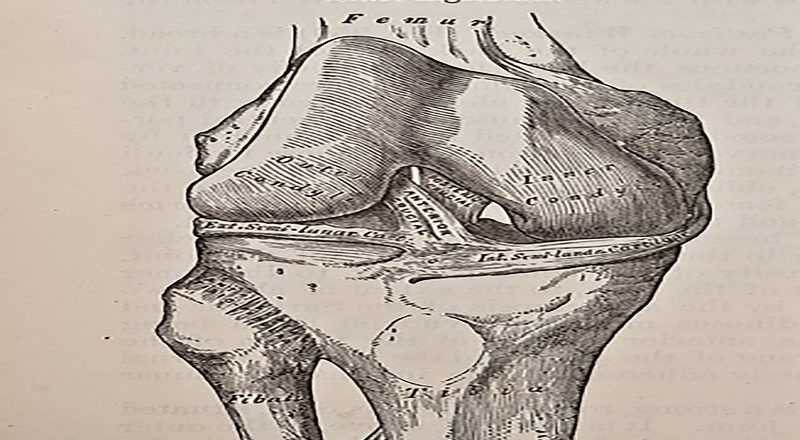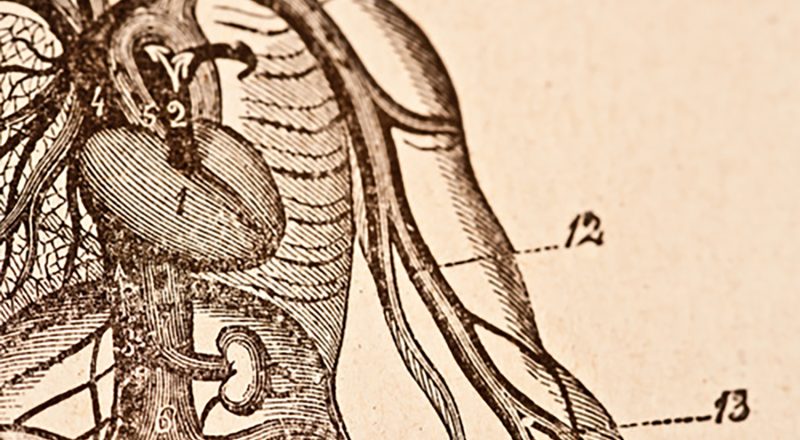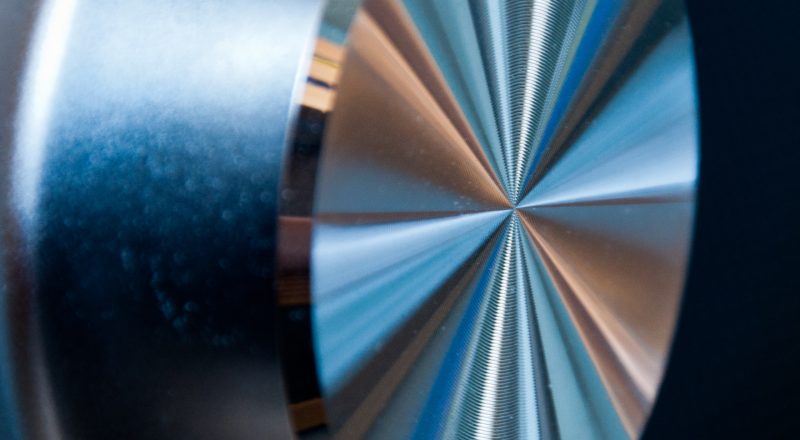The ever-evolving nature of science creates a never-ending obligation to reevaluate our prior training practices and recommendations against recent developments in the field. This obligation only increases when you write about these opinions publicly. Before we head into the Canada Day long weekend, I thought I’d take a quick look at a few recent studies […]
Complex analyses, simple applications
I recently had the opportunity to speak to an audience of strength coaches and athletic therapists regarding optimizing nutritional and exercise strategies to enhance connective tissue adaptations. One component of this talk was to highlight a relatively complex analysis of Achilles tendon structure and how this work produced an ultimately simplistic exercise prescription (i.e. do […]
New approaches in connective tissue rehab
I was a physiologist by training before I was a physiotherapist. I spend more time now managing patients with connective tissue injuries than I do looking down a microscope, but I haven’t lost sight of the influence that these types of experiments can have. While I may no longer be at the “bench” (at least […]
Does maximizing EMG amplitude mean more muscle growth?
Our understanding of the relationship of training intensity (or load) and hypertrophy has changed significantly within the past ten years. While early recommendations suggested loads in excess of 70%-1RM were required to promote, or maximize, muscle growth, a growing amount of data suggests that when training is completed to failure, comparable muscle growth can occur […]
Does occlusion training mean more muscle?
I have to say I’ve long been intrigued by the use of occlusion training to promote muscle growth with low-intensity training. Occlusion training, otherwise known as blood flow restricted exercise, involves wearing an occlusive device, often a blood pressure cuff, tightly worn wrap, or commercially available device allowing for precise control of pressures, during the […]
Does volume drive muscle hypertrophy?
We’ve literally rewritten the book on hypertrophy training in the past five years. A collection of studies has now shown that variations in training intensity [1-4], tempo [5] and rest intervals [4,6-9] impart little to no hypertrophic benefit over any of the other possible combinations. Consistent with that human desire to simplify everything, we tend […]
Tempo and hypertrophy
I’ve spent much of the last few months (and posts) thinking about the basic training variables that influence hypertrophy, namely how altering training intensity alters the hypertrophic results from training. The main idea of these posts was that, when taken to failure, light training loads (30%-1RM) can produce comparable hypertrophy to high intensity loads (80-90%-1RM). […]
More on low-load hypertrophy
If you’ve been following my site over the last year, you’ll notice that I’ve written a few articles on the concept of low-load hypertrophy training (here, here and here), and how our understanding of the relationship of training intensity and hypertrophy is a bit skewed. These arguments relied pretty heavily on the relatively recent data […]
Underestimating Type I Fibre Hypertrophy
After writing a recent T-Nation article on the use of multiple repetition ranges, one question from the comments afterwards stuck with me. If fatigue is essential for hypertrophy following training, why even bother with multiple repetition ranges? Couldn’t you train exclusively light, or heavy, as long as it was to failure (or fatigue) and still enjoy […]
Rapid changes in muscle size
In a previous post I wrote about the different time-course of neural and hypertrophic adaptations and how these contribute to the early changes in strength during training. What didn’t come across in that post is that while neural mechanisms may dominate, a single-bout of training activates hypertrophic signalling pathways, but it just takes more time for […]









